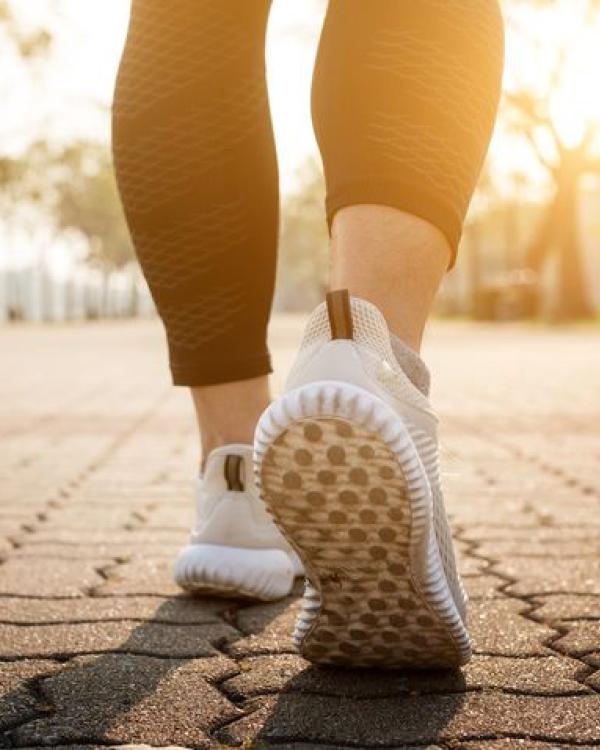
I have been a long-distance runner since my cross country days of high school. I have a favorite three-mile neighbor loop that I run nearly every day. The first leg of this route is a steep uphill grind for about half a mile that plateaus to fancier homes. Before our sheltering orders, I would invariably hear encouraging messages from those walking nearby or crossing my path. Just a little bit more and you’re there! You can do it! Way to go! Once I even got a ‘high five’ from a runner crossing my path.
The first time I tried to run after sheltering orders, I was wary . . . not so much because I feared infection, but because I did not want anyone to feel shunned by my efforts to keep a distance from others. I tried to catch people’s eyes before crossing the street, hoping that with a smile and a quick wave no one would take offense. Masks were rarely donned during these initial days and as such, I was fearful of running through the invisible, microbial fog of coughs and sneezes.
There is so much we need to learn about COVID-19 and why some people are dying from this virus even when they do not have any pre-existing conditions. But I’m also impressed with how much we have learned from scientists working across the world, and how quickly we are moving towards a vaccine. While we still might be about a year away from resolving this crisis, I am hopeful that I will one day give a fellow jogger a ‘high five.’
In the meantime, I have noticed a new kind of love and respect emerge as I run my neighborhood loop. When I cross the street to avoid a pedestrian, I hear messages of gratitude. Oh, thanks so much! I appreciate it! Have a wonderful evening! So, we show our love and respect by giving everyone the physical safe space needed at this time. As an educator and program leader, I often talk about fostering a ‘safe space’ for children to share, wonder, and express emotions without the fear of being ostracized or shut out during instructional sessions. I can see the safe space that I create through my physical navigation within my community every time I don my facemask or move away from joggers and pedestrians.
Diana J. Arya is Assistant Professor in Education and Faculty Director of the McEnroe Reading and Language Arts Clinic. She studies the development of community-based, interdisciplinary literacy practices of learning and innovation from preadolescence through adulthood.